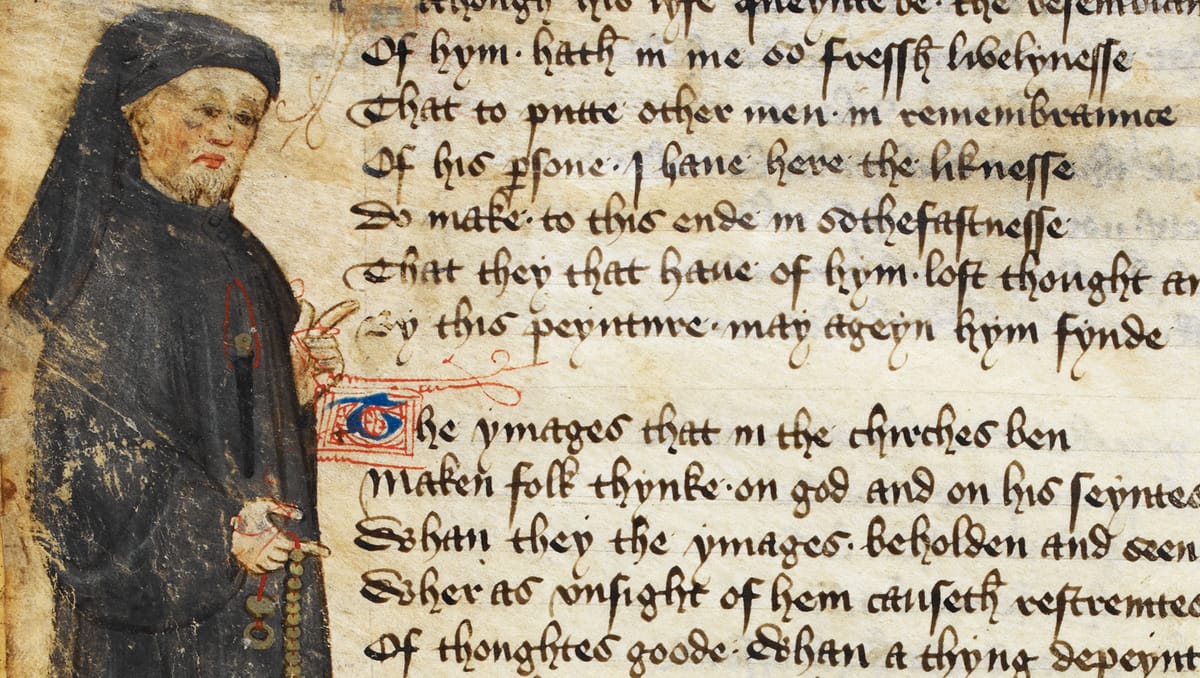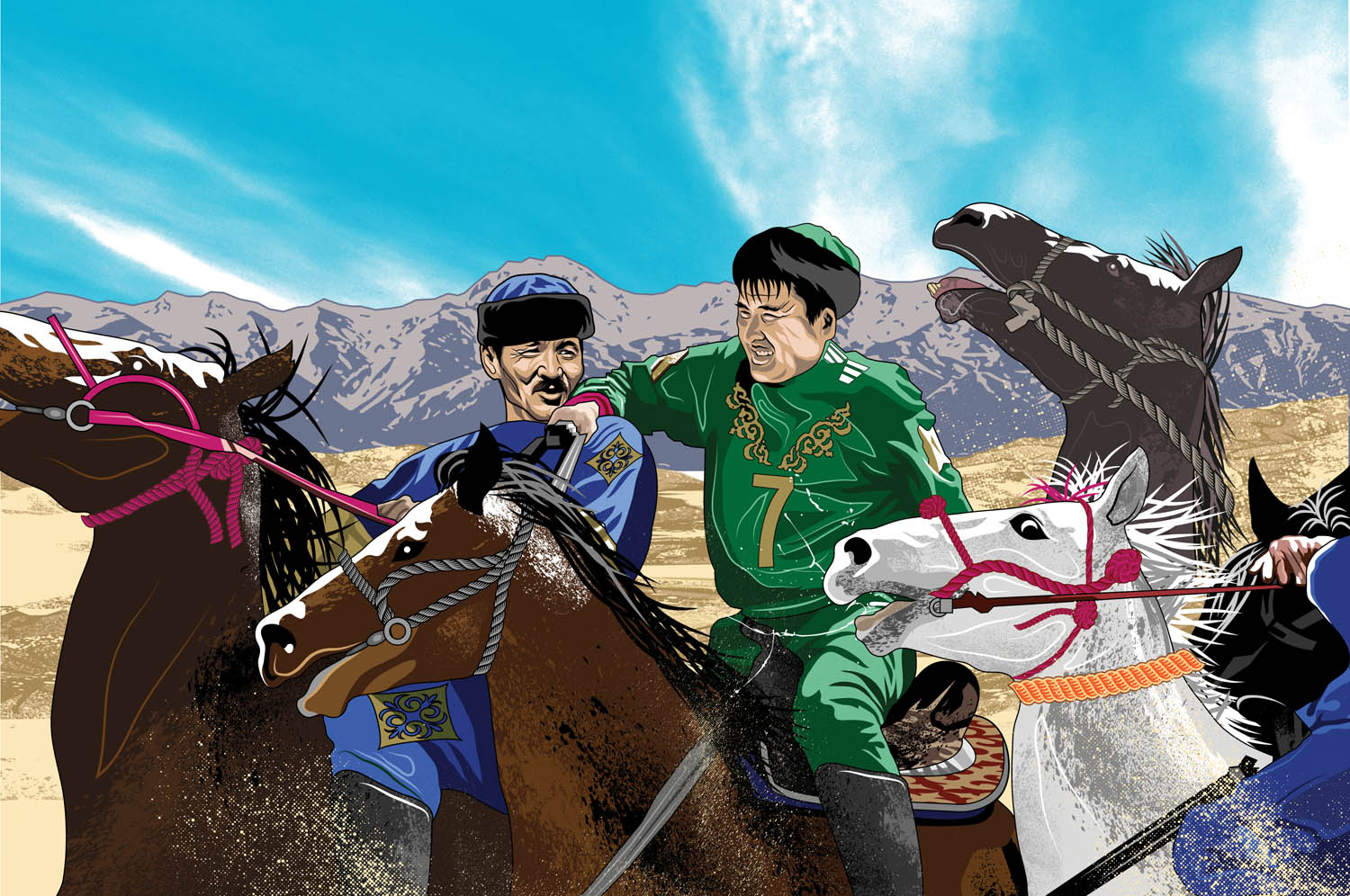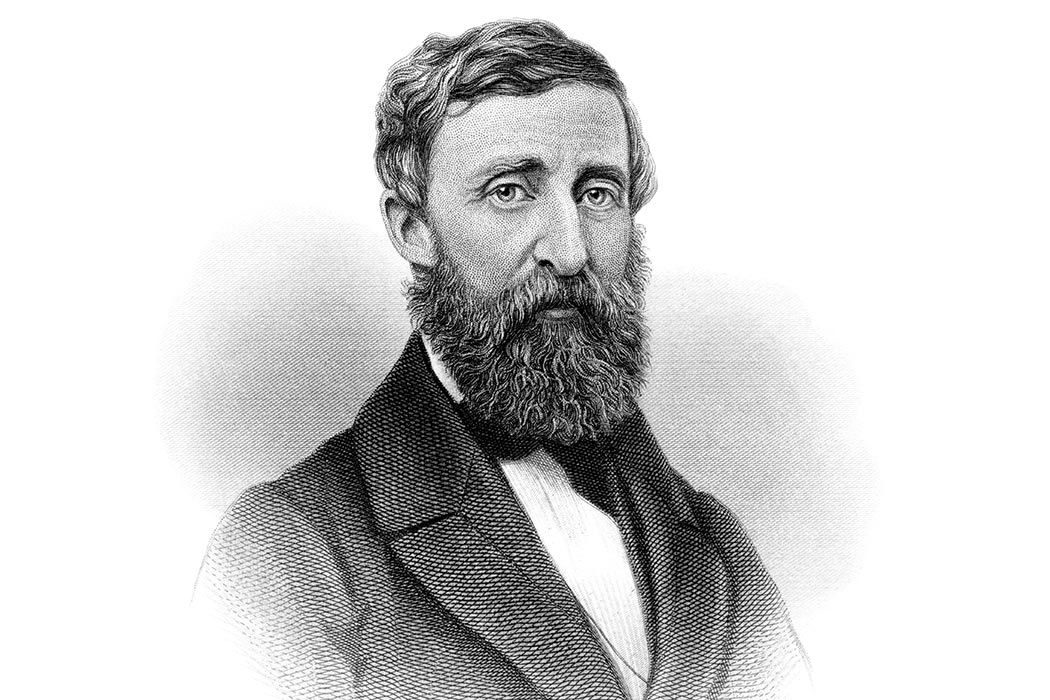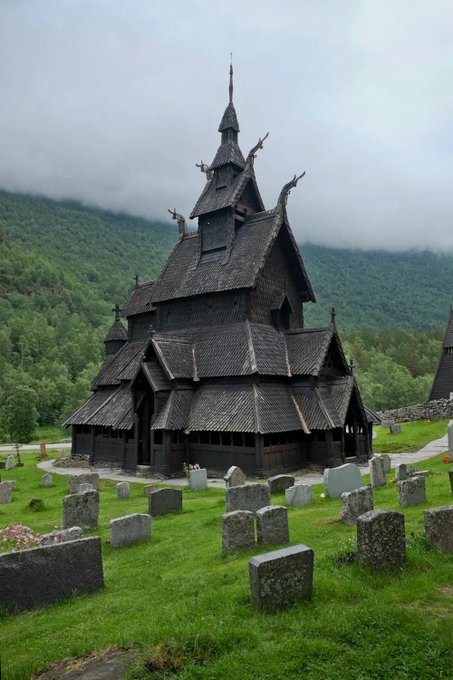Geoffrey Chaucer wrote a note asking his boss for time off work

From Dalya Alberge for The Guardian: "A 14th-century bureaucratic document requesting time off work for a civil servant has been identified as the only surviving handwriting of Geoffrey Chaucer, revered as the father of English literature. While it was known that the individual seeking a leave of absence was the author of The Canterbury Tales – during his 12-year employment as controller of the London Wool Quay – the application was assumed to have been made on his behalf by a clerk. Now a leading scholar argues that it was actually written by Chaucer and submitted by him for King Richard II’s approval. Prof Richard Green, a Canadian academic, said: “This would be the only known example of his hand.” From 1374 to 1386, Chaucer was the king’s controller, overseeing the payment of duty on exported and imported wool, among other goods."
This Ukrainian group is archiving Russian soldiers’ graffiti

From Lisa Korneichuk for Hyperallergic: "After the liberation of the Kyiv, Kharkiv, and Kherson regions, Ukrainians discovered graffiti and inscriptions left by Russian soldiers on the streets and inside the buildings they had occupied. The Ukrainian cultural nonprofit Mizhvukhamy is documenting these findings in Wall Evidence, an open archive created for future research and analysis of the Russian invasion. “These writings need to be documented before people wash them away,” said Anastasia Olexii, the archive’s project manager. Olexii stayed in Kyiv during the region’s occupation and visited nearby villages as soon as the Russians retreated in early April 2022. That’s when she and her colleagues, Mizhvukhamy’s founder Pavlo Haidai and philosopher Oleksandr Filonenko, discovered the various graffiti and decided to begin documenting them."
A kingdom for a horse: Kokpar and the future of Kazakhstan

From Will Boast for VQR: "The most decorated athlete in all of Kazakhstan is a five-year-old Mongolian horse named Lazer. Born wild on the steppe, he lacks the lean grace of a thoroughbred or an Arabian. Except for his large head and broad front haunches, he’s small enough to be mistaken for a pony. Short-legged, small-eared, with aloof, walnut eyes, he might be any one of the hundreds of thousands, if not millions, of horses ranging over the grasslands of this enormous, wide-open country. In the ancient nomadic game known here as kokpar (roughly, “goat grabbing”), Lazer is a champion many times over, with eight Kazakh National Games and two Central Asian Games titles. Kokpar’s premise is simple: Two teams compete over a headless, freshly slaughtered goat, wrestling control back and forth in an attempt to score by flinging it into the opponent’s goal."
I survived a weekend at Biosphere 2 pretending to be in space

From Sarah Scoles for Scientific American: "In 1991 eight people in Arizona entered a strange contraption: a 3.14-acre glass house called Biosphere 2. They would stay for two years in the enclosed facility in the Sonoran Desert, which was home to five different ecosystems. The goal was to study how people and ecosystems survived in the sequestered, self-supporting habitat and to demonstrate the viability of a similar setup for future space travel. Last month I gathered with those who’ve participated in such experiments at Biosphere 2, which today is operated by the University of Arizona. Today it is used for research related to climate change, biodiversity and sustainability. The occasion for this particular four-day meetup was the Analog Astronaut Conference, an annual gathering to share results, plans and experiences in simulated space research."
The myth of Henry David Thoreau’s isolation

From Erin Blakemore for JSTOR Daily: "It turns out that Thoreau’s cabin, where he wrote Walden; or, Life in the Woods, was much less isolated than modern-day readers think. The cabin was on the Wyman lot—forest land owned by fellow author Ralph Waldo Emerson and borrowed by Thoreau. Emerson himself felt that his purchase of the land was a “frivolous absurdity.” The site where the cabin was eventually built was described by Thoreau “as far off as many a region viewed nightly by astronomers.” But in fact, the area where Thoreau called home was “a cleared tract larger than eight football fields”—not exactly what most people have in mind when they think of life in the woods. Though Thoreau did have access to a pine grove, chestnut trees, and a pond, his beloved natural landscapes were not as inaccessible as public perception would imply."
Dogs are sensitive to small variations of the Earth’s magnetic field, research shows

From Frontiers in Zoology magazine: "Several mammalian species spontaneously align their body axis with respect to the Earth’s magnetic field (MF) lines in diverse behavioral contexts. Magnetic alignment is a suitable paradigm to scan for the occurrence of magnetosensitivity across animal taxa with the heuristic potential to contribute to the understanding of the mechanism of magnetoreception and identify further functions of magnetosensation apart from navigation. With this in mind we searched for signs of magnetic alignment in dogs. We measured the direction of the body axis in 70 dogs of 37 breeds during defecation (1,893 observations) and urination (5,582 observations) over a two-year period. After complete sampling, we sorted the data according to the geomagnetic conditions prevailing during the respective sampling periods. Dogs preferred to excrete with the body being aligned along the North–South axis."
This 800-year-old church in Norway is built entirely out of wood
From Weird Medieval on Twitter




